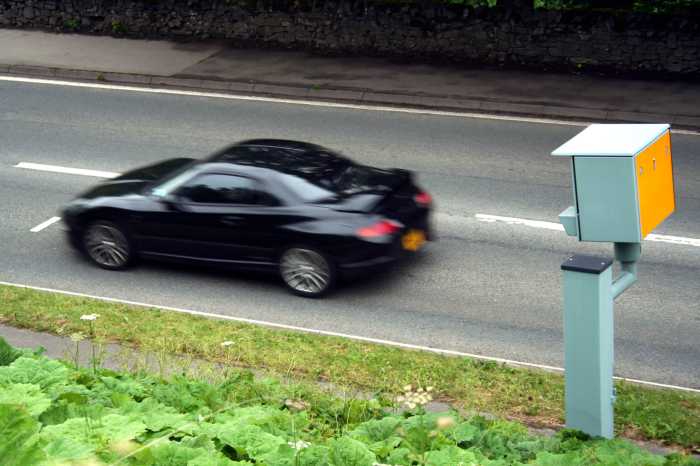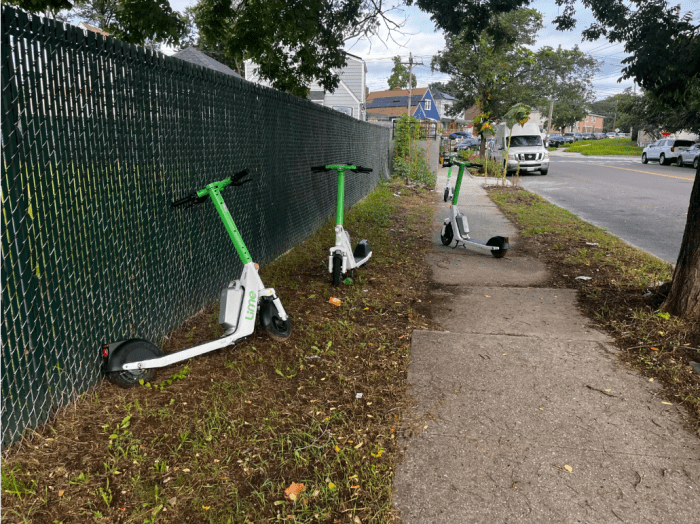It’s Uber versus New York City, part two.
The e-hail giant claims that a new amendment to a Taxi and Limousine Commission safety rule aimed at curbing driver hours is essentially a backdoor attempt to collect e-hail trip data.
Uber has made various objections to the rule since the city first proposed it last spring, but the San Francisco-based company is currently framing its argument around customer privacy and cybersecurity. It questions the TLC’s ability to protect the sensitive data it’s trying to collect — specifically exact drop-off locations of passengers.
The company recently sent out an email to users imploring them to tweet against the rule, writing that the city “wants to piece together the full details of every trip you ever take” and arguing that the city “doesn’t need this data and they’ve shown in the past that they cannot prevent it from becoming public.”
TLC Commissioner Meera Joshi argued at a TLC hearing Thursday that the locations are needed to track driver hours and successfully enforce the safety rule.
“Several groups and some social media campaigns have objected to the proposal on the mistaken belief that we’re asking for passenger information,” Joshi said. “As the proposal rule stated…it makes clear that we’re not asking for any passenger information at all.”
That same data has been collected from yellow and green taxi trips for years. Joshi said that the agency has proven it has found ways to protect these trip details. When the data becomes public, exact drop-off locations would be obscured, listed as general areas roughly the size of neighborhoods, she said.
She added that the email Uber had sent out was a “mischaracterization” of the proposed rule.
“I respectfully disagree with the characterization of that as a mischaracterization,” said Ashwini Chhabra, head of policy development with Uber.
And that’s about how the nearly four-hour hearing went. Both sides jockeyed for position as dozens of people testified into the early afternoon. Representatives from other ride-hailing companies like Lyft and Via echoed Uber’s viewpoint.
The TLC argued that not only would the drop-off information help regulate driver hours, it would also aid other enforcement initiatives around illegal hailing and reckless driving. The data would bring greater accountability to the for-hire industry, it said, which has surged to 78,000 cars citywide – four times the number of green and yellow taxis.
This battle comes about a year after Mayor Bill de Blasio lost a fight to cap the number of e-hail drivers on the road.
Transit experts said Uber’s pushback is really aimed at preventing New York from setting a precedent of successfully muscling away the company’s long-protected trip data.
“With what happens in New York, other cities often follow suit,” said Sarah Kaufman, assistant director for technology programming at the NYU Rudin Center. “Uber’s success is derived from its use of data, and this could jeopardize their competitive advantage.”
Kaufman said she was still undecided on whether Uber should be required to hand over the locations, or whether the city should allow e-hail companies to send over pre-obscured data sets.
The TLC plans to vote on the rule in February. It would go into effect about a month later.






























